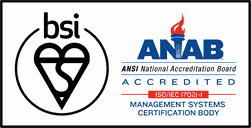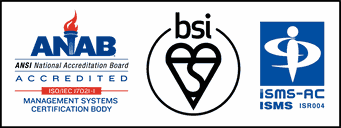Activities and Outcomes of Hematopoietic Cell Transplantation in Japan (2016)
This slide presents the results of data compilation and basic analyses of the unified and electronic information collected from registered recipients and donors for hematopoietic stem cell transplantation using the Transplant Registry Unified Management Program (TRUMP).
When the contents of this slide are cited or reproduced, the information source must be indicated as described below*; provided, however, that any modification of the contents (data compilation and analysis results) is prohibited. Please contact us in advance whenever you have questions.
* "Activities and Outcomes of Hematopoietic Cell Transplantation in Japan (2016) provided by the Japanese Data Center for Hematopoietic Cell Transplantation (JDCHCT)"
Slides
- Slides 3 to 19 show graphs indicating the number of transplants (by disease type, age group, etc.).
- Slides 20 to 27 show graphs indicating year-to-year changes in survival rates 100 and 365 days after first transplantation.
- Slides 28 to 46 show survival curves (by transplant type, disease type, age group, etc.), together with tables showing the number of patients in each group and crude survival rates 1, 5, and 10 years after first transplantation.
- The survival outcomes shown in Slides 20 to 46 are not adjusted for background characteristics or other influential factors and are rough survival outcomes. Accordingly, the survival outcomes are not compared with each other. Special attention should be paid to interpretation of survival outcomes.
Supplementary explanation to data compilation / analysis results
- Classification of the intensity of pre-transplant conditioning regimen is based on drug type as well as dose amount and dosing schedule, with several patterns for classification. This graph shows results of data compilation using the definitions of classification reported in, "Giralt et al. Reduced-intensity conditioning regimen workshop: defining the dose spectrum. Report of a workshop convened by the center for international blood and marrow transplant research. Biol Blood Marrow Transplant. 2009 Mar;15(3):367-9."
- Myeloablative conditioning is defined as therapy with a total body irradiation dose >8 Gy, melphalan dose >140 mg/m2, or busulfan ≥9 mg/kg. When no information regarding irradiation or drug doses is available, making classification according to the above-described definitions impossible, the attending physician determines whether or not the pre-transplant conditioning was myeloablative or nonmyeloablative.
- Risk groups for leukemia are classified using the definitions described below.
- Standard risk group: acute myelogenous leukemia (first complete remission/second complete remission), acute lymphoblastic leukemia (first complete remission), chronic myelogenous leukemia (first complete remission), and myelodysplastic syndrome (refractory anemia/refractory anemia with ring sideroblasts)
- Advanced risk group: all conditions other than those listed above




